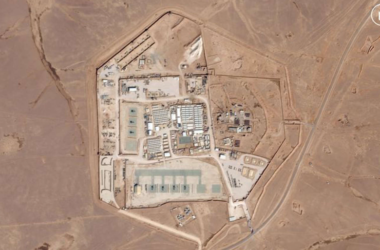The United Arab Emirates is currently grappling with the aftermath of unprecedented flooding triggered by the heaviest rainfall ever recorded in the desert state. This unexpected deluge has led to significant disruptions across various sectors, including airlines, banking services, and city transportation systems.
In just 12 hours, the country experienced rainfall equivalent to nearly a year’s worth, inundating streets and infrastructure in Dubai and other emirates. The resulting floodwaters have left many homes and businesses without essential services such as running water and electricity.
Residents in affected areas have been sharing messages of distress, reporting issues such as non-functional showers and toilets due to the flooding. With roads submerged and cars rendered inoperable, some residents have resorted to unconventional means of transportation, including surfboards and jet skis.
While the catastrophe has brought hardship to many, it has also prompted acts of kindness and community solidarity. Neighbors have rallied together, offering support and assistance to those in need. However, the scale of the disaster has posed significant challenges for authorities and emergency responders.
Efforts to restore normalcy are underway, but the cleanup process is expected to be lengthy. The Ministry of Interior has declared the end of weather-related fluctuations and emphasized ongoing efforts to facilitate recovery and resume regular activities in affected areas.
Amidst the chaos, Dubai’s airport has been particularly affected, with flight operations suspended and travelers stranded. Those attempting to navigate the airport’s disruptions have faced challenges, including overcrowding and limited access to essential services.
As the UAE continues to grapple with the aftermath of the flooding, residents and authorities alike are working together to address the immediate challenges and mitigate the long-term impacts of this unprecedented natural disaster.








